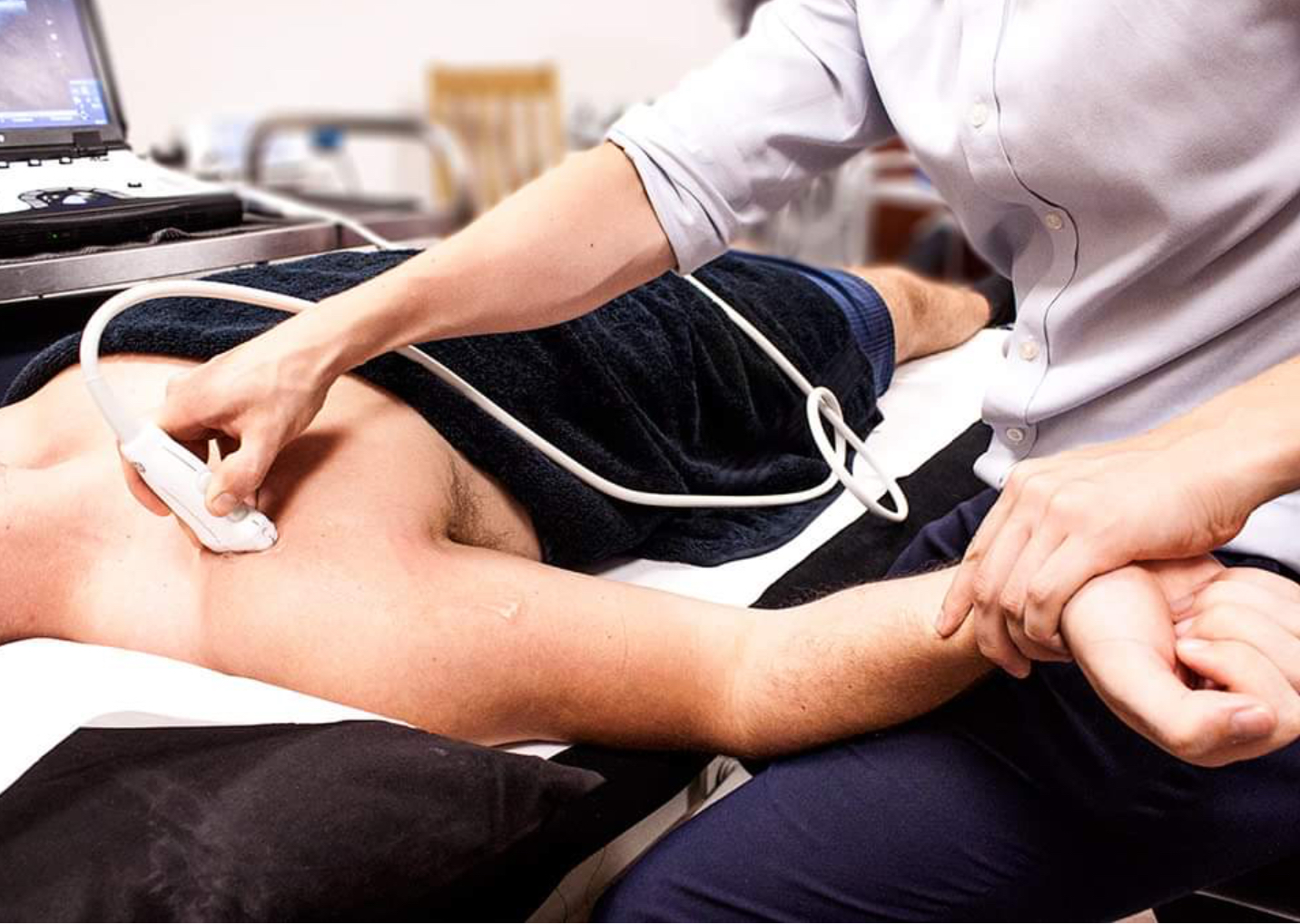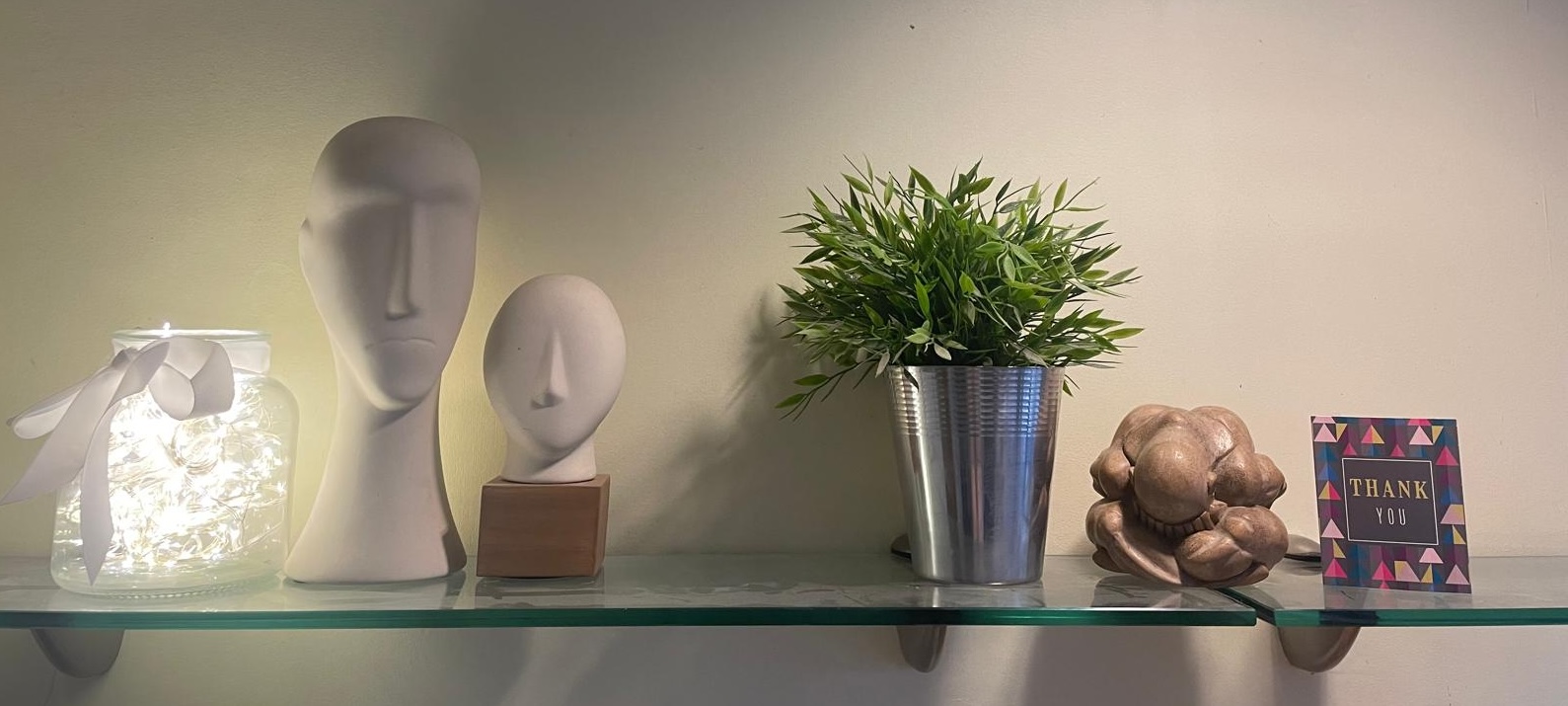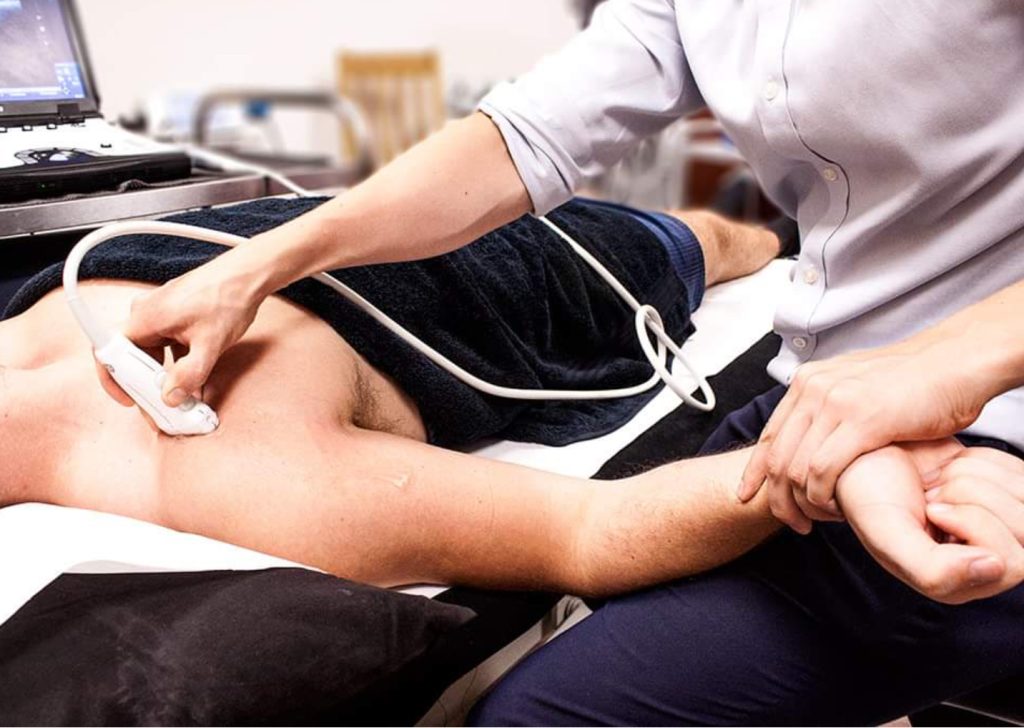
20 Jan The Truth about Frozen Shoulders
The truth about Frozen shoulders
Many patients are told they have a ‘Frozen Shoulder’ when they see their GP with severe arm pain. Frozen shoulders are one of the most common causes of shoulder pain in middle-aged people. Typically patients are told to take regular painkillers and the injury will get better by itself! However this is not always the best advice.
Below we summarise the facts about a frozen shoulder and the best steps to take in order to recover as quickly as possible.
Step 1 – Diagnosis:
Before you consider trying ANY form of treatment you must confirm your diagnosis. The term a ‘Frozen Shoulder’ is often misunderstood by health professionals and wrongly over used as a catchall term for shoulder pain.
The 4 keys to diagnosing a frozen shoulder:
- Age – typically occurs at the age of 50 plus or minus 5 years. They can develop earlier or later in life if you have suffered a trauma – but this is uncommon.
- Loss of movement – you should notice a progressive loss of movement in your painful shoulder particularly putting your hand behind your back.
- Pain – frozen shoulders can be extraordinarily painful and a cardinal sign is pain at night that wakes you often.
- Ultrasound Scan – this is to rule out other important causes of shoulder pain – typically rotator cuff tears and calcification. Sometimes an X-ray will be performed as well.
Step 2 – Understanding the condition:
Frozen shoulders are caused by acute inflammation of the shoulder capsule. The shoulder capsule is in effect the bag that surrounds the shoulder joint and rotator cuff tendons. As the capsule gets inflamed it thickens and contracts causing pain and loss of joint movement.
What does this mean?
- Exercising a frozen shoulder will NOT cause any damage to your rotator cuff tendons or your shoulder joint. Yes it will be painful to move but this pain is NOT causing you damage. Regular gentle exercise of a frozen shoulder often helps increase movements and ease pain.
- The thickened shoulder capsule is very inflamed and for this reason it is recommended that corticosteroid injections can be effectively used to reduce pain and speed up recovery from a frozen shoulder.
- Frozen shoulders follow 3 distinct phases:
Phase 1 – Freezing phase. This is typically within the first 12 weeks of symptoms and is the most painful stage with the shoulder progressively stiffening.
Phase 2 – Frozen Phase. This can last anywhere between 3-9 months and is defined as a stiff shoulder that does not cause much pain.
Phase 3 – Thawing Phase. This phase can last between 3-6 months and is defined by a gradual increase in shoulder movements.
Step 3 – Treating a Frozen Shoulder:
The treatment required for a frozen shoulder depends on which stage of the condition you are at as explained below.
Phase 1 frozen shoulder.
The most effective treatment for an acute frozen shoulder is an ultrasound guided corticosteroid injection into the shoulder joint. This is useful, as the corticosteroid medication will effectively turn off the inflammation within your shoulder capsule. Over 80% of people will experience relief of pain within 7 days of an injection – 1 injection is often enough to settle symptoms enough to engage in exercises.
It is very important the corticosteroid is delivered accurately inside the shoulder joint and this requires ultrasound guidance for 100% accuracy. Many people will have had an unguided corticosteroid injection that has not worked, as the medication has not been delivered into the shoulder joint.
Phase 2 frozen shoulder.
Once the severe pain has settled exercises to stretch the shoulder capsule are very effective at increasing shoulder movements. These exercises will need to be performed daily for 8-12 weeks.
If the shoulder movements are being stubborn and not improving with exercise then deep tissue massage and manual therapy can be very helpful. Shockwave therapy is also very effective for relieving stiffness in this stage of the frozen shoulder. Shockwave therapy uses sound waves to help reduce pain and stiffness of the shoulder capsule.
Phase 3 frozen shoulder.
Once the pain has settled and shoulder movements are gradually improving often people notice they can perform everyday task such as washing hair and putting on shirts easier. If you have reached this phase then you are on the home straight to full recovery.
Our biggest advice in this stage is patience. For the shoulder to return to 100% it can take up to 18 months from the start of symptoms. It is very important you continue with the home exercises given by your therapist until the shoulder feels completely back to normal.
Frozen shoulders can impact on people’s life significantly due to the severe pain and sleep disturbance caused. In our experience when patients seek early treatment the road to recovery is much shorter and less painful.



